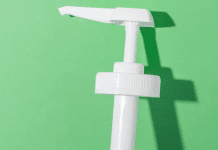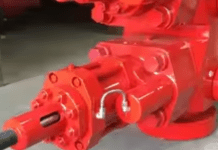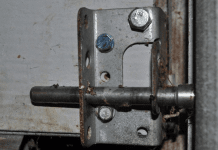Pelleting of feeds and other items has significantly evolved because of the rice in need to heighten the standards of hygiene, nutritional value, and physical quality. At the same time, there has been the need to add new varieties of raw materials flexibly. The improvement of the pellet feeds has therefore been made easy by the pellet making machine because the machines compress multiple types of feeds into one small-sized pellet.
What are the factors that determine the quality of pellets?
Pelleting enhances the qualities of the animal feed by increasing the digestibility of the nutrients and their absorption. So, producing quality pellets is essential for animal consumption and pellet-making business. Some of the factors that affect the quality of the pellets when making pellets using the pellet making machine include:
Size of the particle
The particle size depends on the size of the flat die of the pellet-making machine. Smaller particles are most preferred when pelleting feeds. Unlike large pellets, small pellets occupy a larger surface area in terms of the number of contact sides. As a result, the smaller size causes a reduction in the time taken for heat treatment.
Addition of moisture
During the conditioning of the pellets in the pellet making machine, moisture plays a critical role. The moisture helps in the binding of the particle. Therefore, the pellets are dependent on the properties that the moisture brings to the material. So too, water plays the role of lubricating and reducing the friction between the pellets and the pellet-making machine’s die holes.
The raw material used
Sometimes, the raw material used to make pellets greatly contributes to the final pellet quality. If you use good quality wood shavings or biomass, you should expect a high-quality yield of pellets. Either way, poor quality raw material will produce a low quality of pellets.
What air temperature will remove the most water from pellets?
The air temperature needed to remove moisture content from the pellets will be determined by the amount of moisture content that needs to be removed. Excess hot air may over-dry the pellets to an undesirable level. That would mean the final level of the pellet would get affected.
What happens if the pellet has high moisture content?
If the pellets have a high moisture content, you should consider reducing the moisture content to lower levels. High moisture contents tamper with the final quality of the pellets. The pellets will either become tough or less adhesive.
Pellets may have high moisture content depending on the type of material and the amount of moisture you added during the stage. The recommended moisture level when making pellets is 15%. It would be best if you were careful to note any inconsistencies while producing pellets. In some instances, some of the mistakes made may be corrected.
The quality of pellets is essential and begins from the processing level of the material. If you make mistakes in the production process, you should expect the impact to the felt in the final process.








